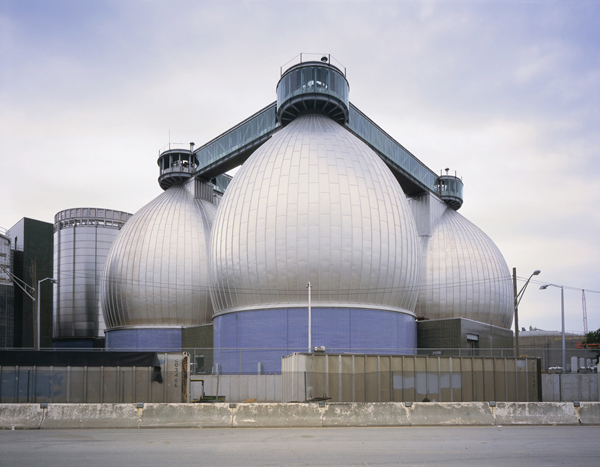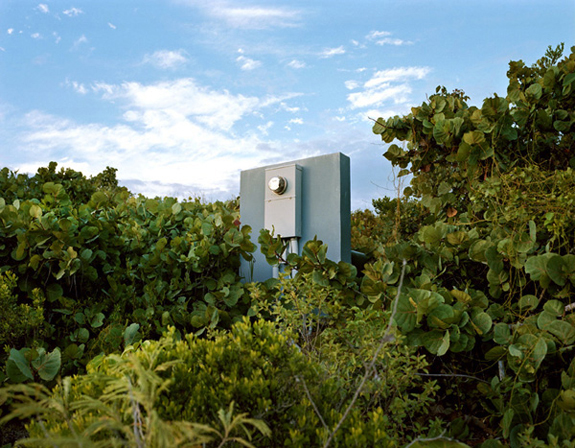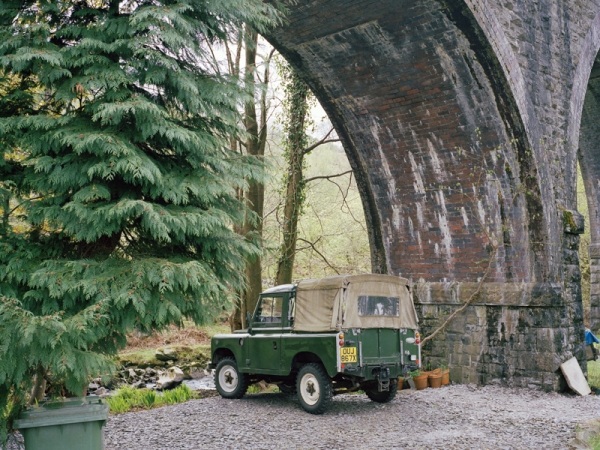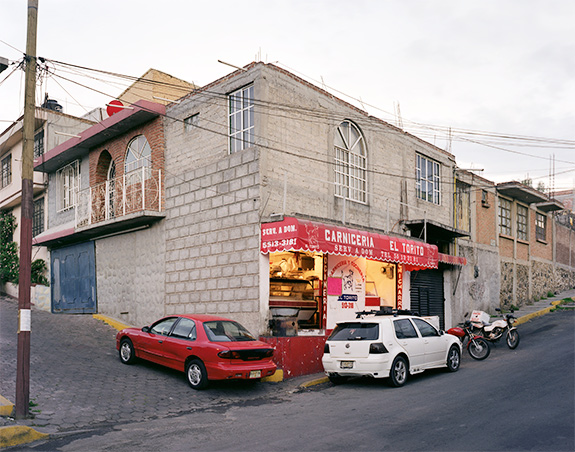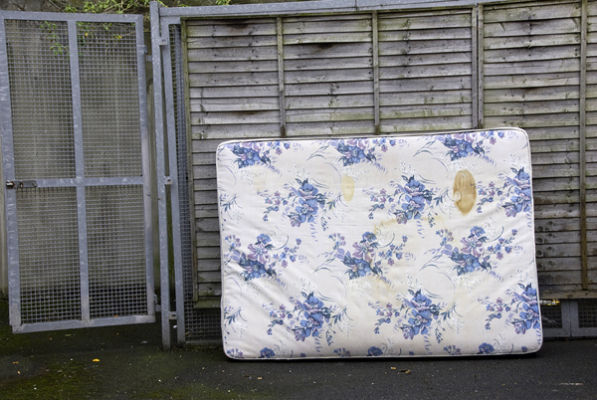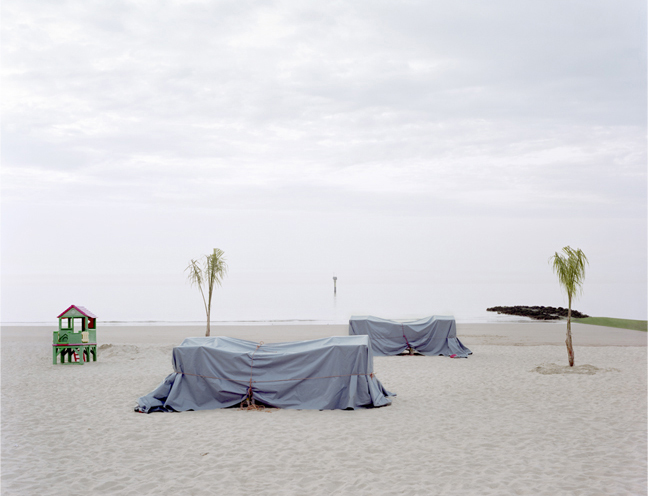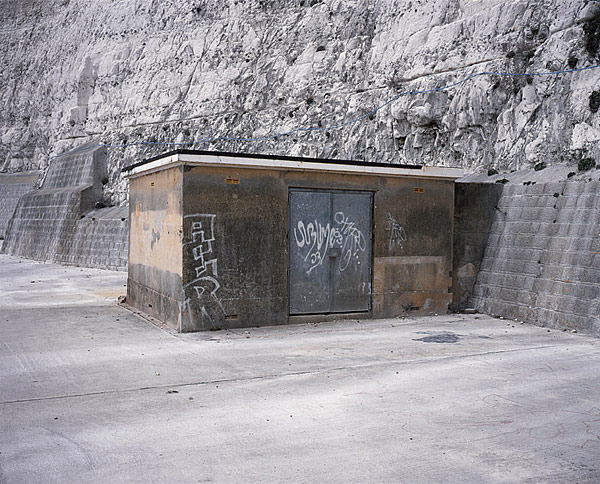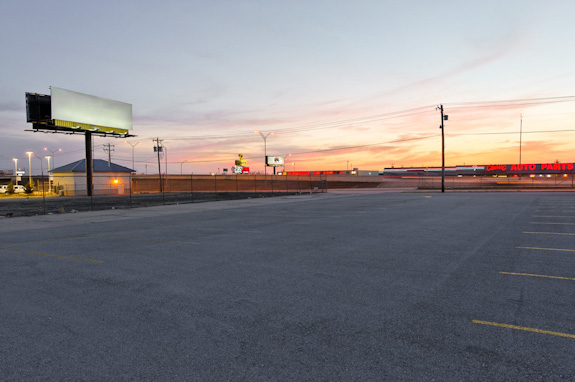
My photographs illuminate an intimate experience with the subject. Each photograph I take is depicted in clear, intricate detail, with forms, lines and patterns precisely arranged within the composition. A consistent regard for clarity, tonal quality and the infinite nuance of detail pervades my work. This gives me the freedom to achieve the images I desire. I create photographs where the light appears invisible — so as to neutralize its role in the appearance of things. I choose to work in the intriguing beauty of shaded light as sunshine creates shadows, highlights, and accents on the surface that commandeer the eye. Revering detail, tonality and clarity I decided to use a cumbersome 8″x10″ Deardorff field camera, a precision instrument that is based on early 19th-century designs. The large camera with its formality is a device that grants my subject matter dignity.
— Leon West, Cardiff, Wales, UK
